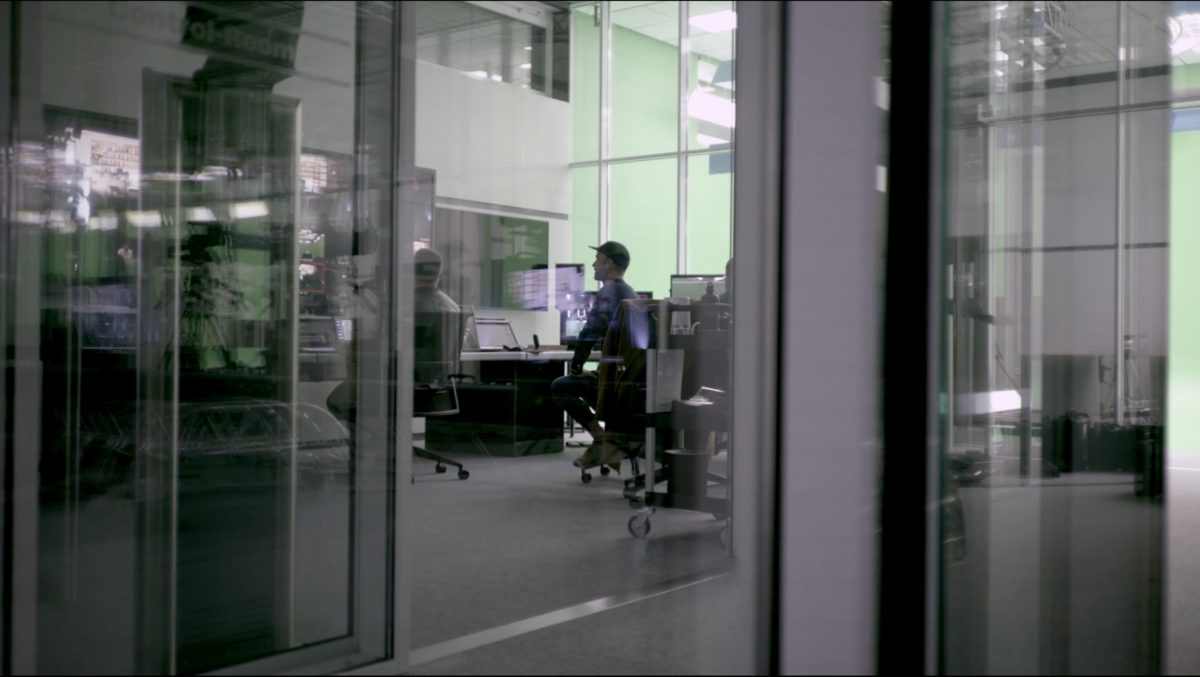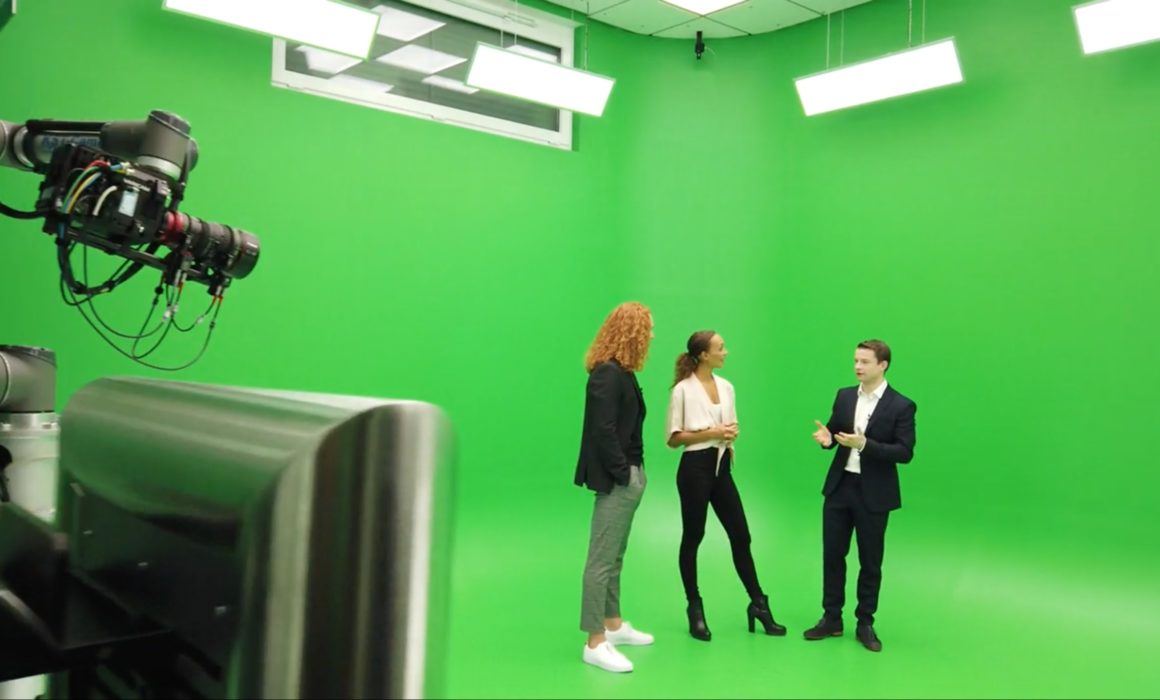Interactivity: The Way Forward for Virtual Events
As announced in our Mixed Reality piece, over the past months, we have tried various hybrid formats in our Extended Reality or Mixed Reality Studio (XR Studio), testing differences in the use and creativity of technical applications within this domain. We have also been working on real-life hybrid event solutions for a Fortune 500 client, as well as other digital activations for musicians and film screenings. It’s been a busy 6 months. The learning curve was sharp, and although we discovered the power of virtual elements, I still came to the belief that live cannot be replaced, but rather very powerfully enhanced by a virtual experience. For that to happen, “virtual” cannot just mean live streams but has to be engaging and new. In the following, I will share some of the insights we gained and will hopefully inspire readers to lean into interactivity in digital formats, and not to shy away from experimentation.
Flexibility and lean process: possibilities and challenges
We went into this phase, looking for a lean, cost-effective and yet creative way of producing digital experiences. We learned that from a production perspective the effort and the cost are generally slightly less than in the case of a live event. For a standard event, you would still have to organize a technical setup, a venue, and the logistics. But not the audience, so that means no accommodation and travel for hundreds of people from around the world. Also one can create as much space as one likes virtually, the space can look infamous in fact, and host an infinite amount of guests.
However, some of that “saved” energy and time has to go into creativity. Mostly digital events need extra time and focus on the creative content. Also there’s not one technical ecosystem but rather multiple platforms that have to be used. Managing the interaction between those platforms sometimes means writing code from scratch to ensure they can communicate. We’re writing new rules with technology here and that takes time and money.

© battleROYAL
Overall, the technical equipment that’s needed to do a professionally-broadcast digital event, where you have people appearing on stage through video feeds with 1000+ guests signing in via a portal, and a larger event with a host on stage and 10000+ viewers, is pretty much the same.
However, there is also little qualitative difference between Beyoncé’s Homecoming on Netflix versus Billy Eilish’s Living Room Concert Live Stream, which is being sold as a live stream. It seems that as “live stream” people are creating a moment that is going to be visible at a particular time. So it’s creating scarcity: something that you can experience by yourself and also together with others, knowing that people around the world are also probably watching. But how do you know who else is really watching?
Innovation and Interactivity: the way forward
The big difference in quality and the tools that are needed comes in with interactivity. Whether users can choose where they want to go; whether a quiz or survey comes up on top of the screen, which allows users to challenge that content and interact with others.
Given that it has become quite clear that, despite all the talk about the digital pivot, people are yearning for live experiences where they can connect with the rest of society, interactivity is crucial. Of course we now have tools that allow for an imitation of the look of “real”– but that is not enough. If we want to get anywhere close to what people want from the live experience, we must develop engagement tools.
And in fact, those are the interactivity tools we can also take back to live events once these re-emerge. They can be used to offer people, the guests that are attending live experiences, the ability to truly participate in creating the experience. By engaging your audience you give them power over the content and thereby democratize entertainment. Digital tools can make shared experiences a collective effort.


